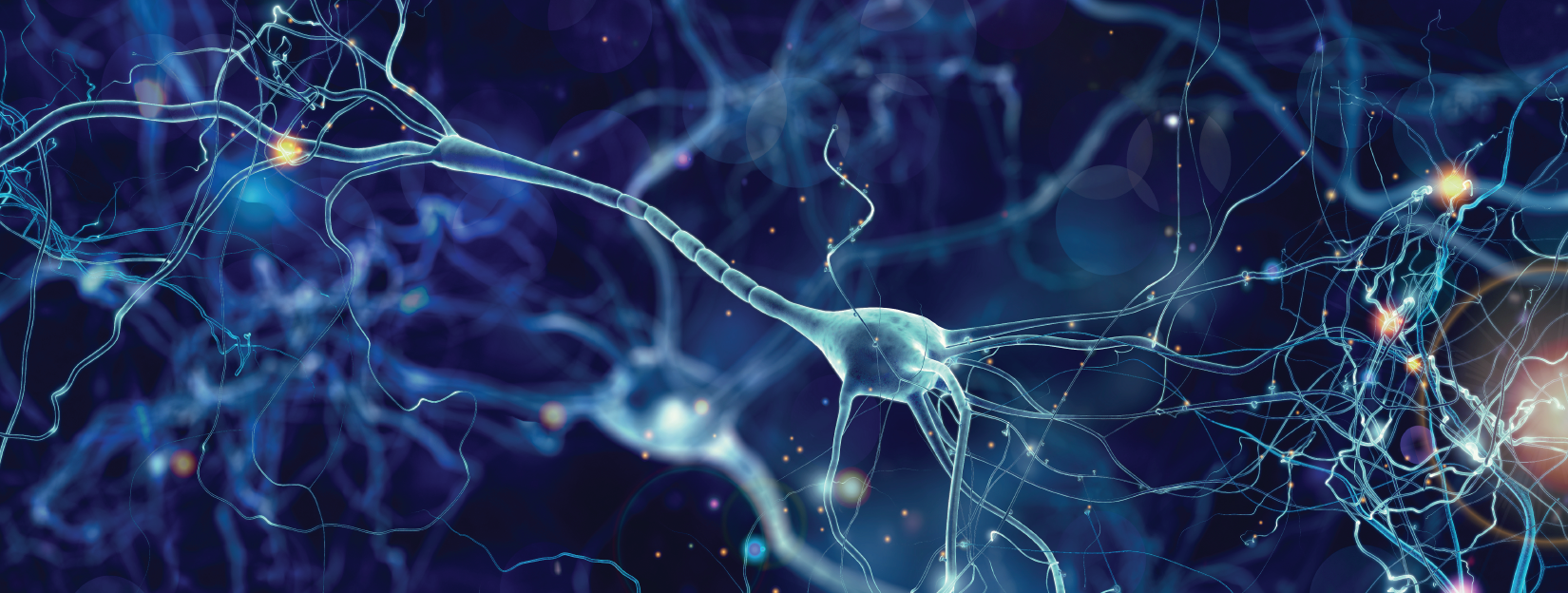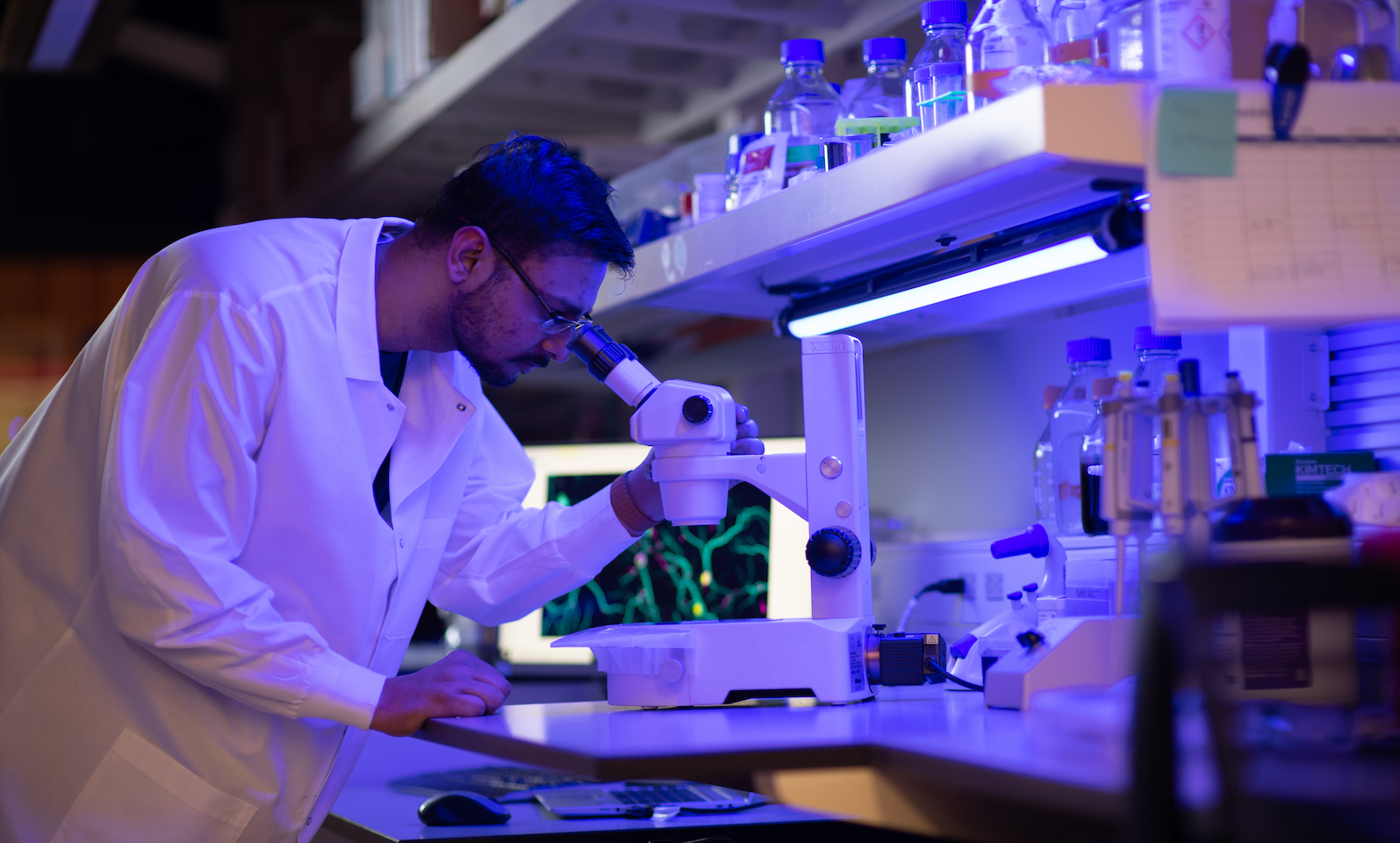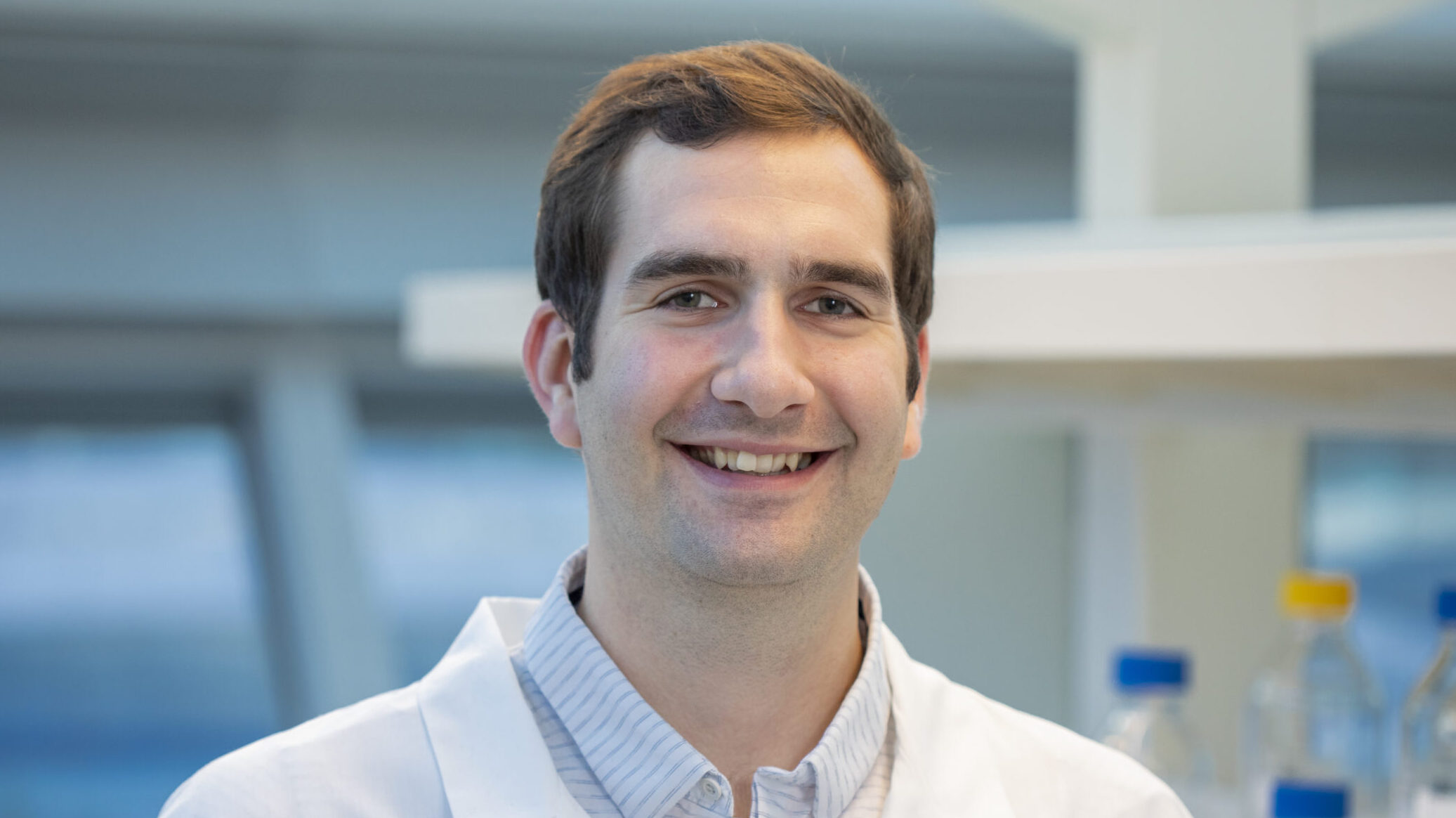
Rare diseases
Tackling the challenge of rare diseases
Roughly 10,000 rare diseases have been identified to date. Some, like Aicardi syndrome, affect only a handful of people while others, such as neurofibromatosis type 1, affect thousands. Because they are rare and individually affect smaller numbers of people than more common diseases, rare diseases often are understudied. For people with these diseases and their families, this can mean that there isn’t enough understanding of their condition or the right therapies to treat them effectively.
In the U.S., rare diseases are defined as those that affect fewer than 200,000 people. This means that, despite their name, rare diseases in total affect more than 30 million people in the U.S., a large proportion of whom are children.
Studying rare diseases is necessary to develop new therapies that improve quality of life for people with these disorders. This work frequently has a ripple effect — the finds may shed new light on well-known diseases in addition to rare ones.
VAI scientists pursue research that may shed light on several rare diseases, including:
- Neurofibromatosis type 1: A disease diagnosed in childhood that causes benign tumors to grow throughout the body. The gene that causes the disease also can elevate the risk of breast cancer.
- Frontotemporal dementia: A progressive group of disorders that cause damage to the frontal and temporal parts of the brain.
- Robinow syndrome: A syndrome that affects development of the skeleton.
- Osteogenesis imperfecta: A set of genetic disorders that impact bone development.
- Sclerosing bone diseases: Conditions marked by development of too much bone.
- Peutz Jeghers syndrome: A disorder in which polyps develop in the intestine and increases the risk of developing cancer.
- MEPAN syndrome: A genetic disorder that causes difficulties with voluntary movement and vision.
- Beckwith-Wiedemann Syndrome and Silver-Russell Syndrome: A pair of syndromes that impact development. In Beckwith-Wiedemann syndrome, too much growth occurs while in Silver-Russell Syndrome, too little growth occurs. Beckwith-Wiedemann syndrome also is linked to increased cancer risk; Silver-Russell syndrome is associated with increased metabolic disease risk.
By the numbers
Rare diseases
- 30M People in the U.S. have a rare disease*
- 10,000 Roughly 10,000 rare diseases have been identified to date*
- 50% Of rare diseases occur in children**
VAI scientists who study rare diseases

Russell Jones, Ph.D.
Chair and Professor, Department of Metabolism and Nutritional Programming
Cancer and Immunometabolism

Sara Nowinski, Ph.D.
Assistant Professor, Department of Metabolism and Nutritional Programming
Mitochondria and Metabolism

Matt Steensma, M.D.
Associate Professor, Department of Cell Biology
Musculoskeletal Oncology

Piroska Szabó, Ph.D.
Associate Professor, Department of Epigenetics
Developmental Programming

Bart Williams, Ph.D.
Director, Core Technologies and Services; Professor, Department of Cell Biology
Cell Signaling and Carcinogenesis




